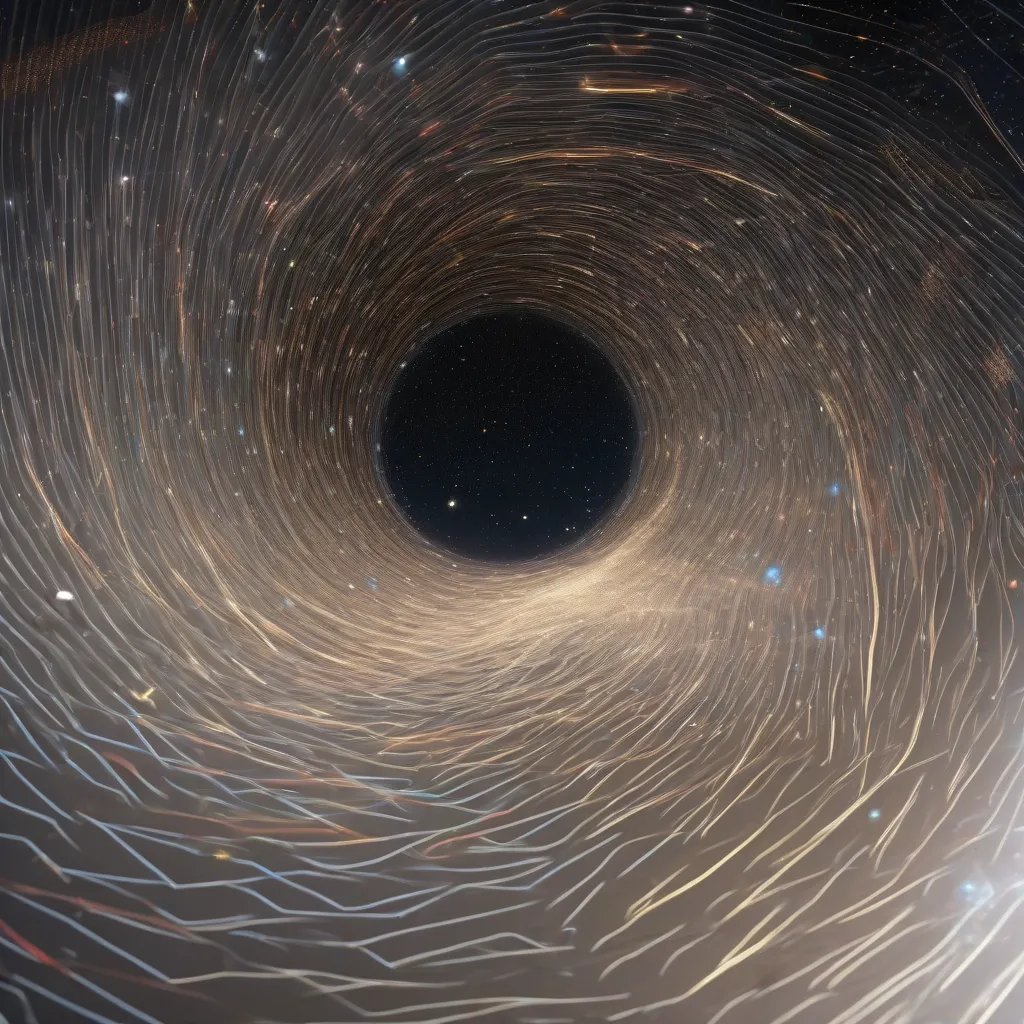Have you ever gazed up at a starry night, mesmerized by the twinkling lights of distant stars and wondered, “What does it sound like out there?” It’s a question that has captivated humanity for centuries, fueling countless science fiction stories and sparking the imaginations of generations. But can we actually hear the roar of a supernova or the whisper of interstellar wind? The answer, unfortunately, is a resounding no. Sound, as we know it, cannot travel through the vacuum of space. But why is that? And what does this silence tell us about the universe we live in?
The Science of Sound: Why Silence Reigns Supreme in Space
Sound is a form of energy that travels in waves. These waves are created by the vibration of objects, which in turn cause the molecules in the surrounding medium (like air, water, or solids) to vibrate as well. These vibrations then propagate outward, transferring energy from one molecule to the next, much like a domino effect. When these vibrations reach our ears, they are interpreted by our brains as sound.
Here’s the catch: space is a near-perfect vacuum, meaning it is almost entirely devoid of matter. Without matter, there are no molecules to vibrate, and without those vibrations, there can be no sound. It’s like trying to clap with one hand – you need that second hand to create the sound-producing impact.
Think of it like this: imagine you’re standing on top of Mount Everest, the highest point on Earth. The air is thin, making it harder to breathe and speak. Now, imagine going even higher, far above the Earth’s atmosphere, into the vast emptiness of space. The lack of air would make it impossible for any sound waves to travel, leaving you enveloped in complete silence.
Exploring the Soundless Wonders of the Universe
So, if we can’t hear anything in space, how do we explore its wonders? Scientists rely on other forms of energy that can travel through the vacuum of space, like light and radio waves. These waves carry valuable information about distant stars, galaxies, and other celestial objects, allowing us to study the universe in ways we never could with sound alone.
For instance, by analyzing the light emitted by stars, we can determine their composition, temperature, and even their age. Radio telescopes capture radio waves from deep space, revealing the secrets of black holes, pulsars, and other enigmatic objects hidden from our view.
Sound and the Human Experience: Finding Harmony in the Silence
While the silence of space may seem eerie at first, it also offers a unique perspective on our place in the cosmos. It reminds us that our senses are limited, and that there are vast realms of existence beyond our immediate perception.
Think about the peace and tranquility you feel when you escape the noise of the city and find yourself surrounded by the quiet stillness of nature. The silence of space offers a similar, albeit much grander, sense of awe and wonder. It invites us to contemplate the mysteries of the universe and our place within it, fostering a sense of interconnectedness with the cosmos.
Frequently Asked Questions about Sound in Space
Q: If a spaceship exploded in space, would we hear it?
A: No, we would not hear the explosion. However, we might see a flash of light and detect other forms of energy released by the explosion, such as heat and radiation.
Q: What about the sounds we hear in science fiction movies?
A: Those sounds are added for dramatic effect. In reality, space battles would be eerily silent.
Q: If sound can’t travel through space, how do astronauts communicate with each other and with Earth?
A: Astronauts use radios to communicate, as radio waves can travel through the vacuum of space.
Embracing the Silence: A New Perspective on Travel
Just as the silence of space invites us to contemplate the vastness of the universe, traveling to new and unfamiliar places on Earth can offer a similar opportunity for reflection and self-discovery. Stepping outside of our comfort zones and immersing ourselves in different cultures and environments can broaden our horizons, challenge our assumptions, and help us grow as individuals.
Imagine yourself exploring the ancient temples of Angkor Wat in Cambodia, feeling the weight of history and the spiritual energy of the place wash over you. Or picture yourself trekking through the Himalayas, surrounded by towering peaks and the sound of your own breath. These experiences, like the silence of space, can be both humbling and inspiring, reminding us of the beauty and diversity of our world.
 Sound Waves in Space
Sound Waves in Space
 Astronaut Communicating in Space
Astronaut Communicating in Space
In conclusion, while sound cannot travel through the vacuum of space, this silence does not diminish the wonder and beauty of the cosmos. It simply invites us to explore and understand the universe in different ways, using our senses and our intellect to unravel its mysteries. So the next time you gaze up at the night sky, embrace the silence and let your imagination soar among the stars. Who knows what incredible discoveries await us as we continue to explore the universe and all its wonders?